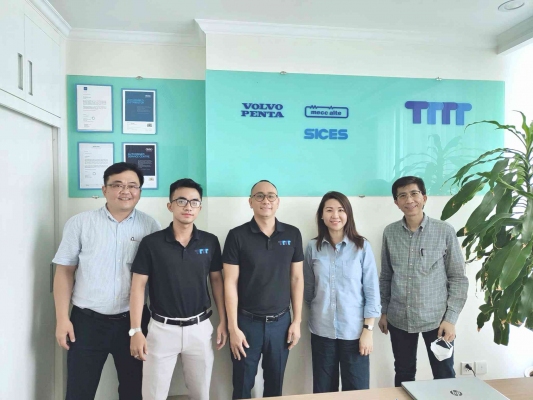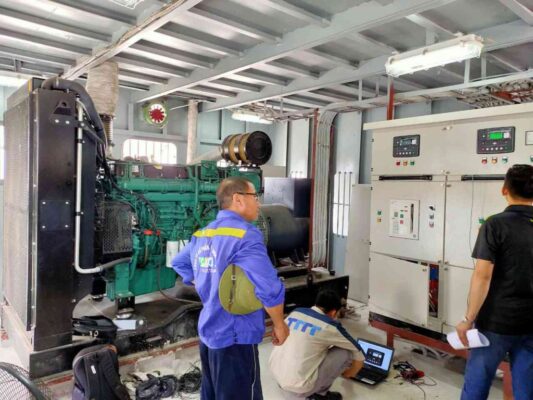Photovoltaic energy is an important form of light energy in today’s life. Currently, light energy is mainly obtained from electricity and is mainly used for lighting. The most popular photovoltaic devices today are fluorescent lamp structure, devices that light up using electrical energy. Today we will learn about the structure of the fluorescent lamp and how it works. This article will describe the structure of a fluorescent lamp.
| You may be interested in the following articles:
|
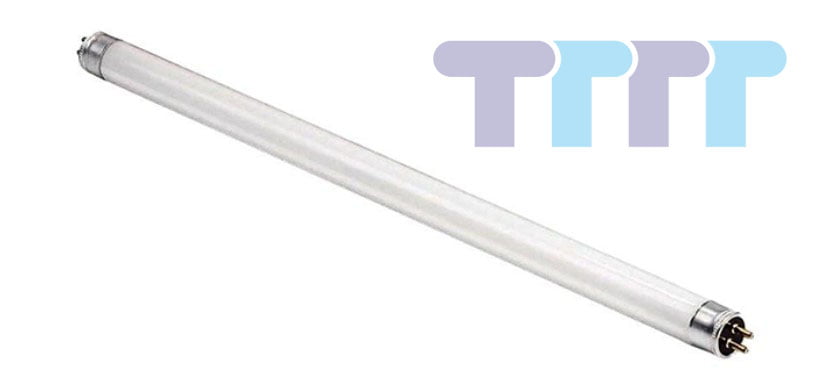
Contents
Fluorescent lamps and their construction
What is a fluorescent lamp?
A fluorescent lamp (tube) or tube lamp is a lighting device consisting of an electrode and a lamp shell coated with a fluorescent powder (the main compound of phosphorus). People also inject some mercury and inert gas into the lamp (neon, argon, …) to increase the durability of the electrode and create more colored light.
Fluorescent lamps glow when an electric current is passed through mercury vapor at low pressure. Because of the better way of operation, fluorescent lamps are much more efficient than incandescent lamps. However, nowadays fluorescent lamps are being replaced by LEDs.
Fluorescent lamp structure
Fluorescent lamp structure TTTT fluorescent lamp when installed and used requires the following parts:
- Fluorescent lamp: The structure of a fluorescent lamp consists of 3 main parts: electrode, gas and fluorescent powder layer.
- Ballast: Used to limit the current, not allowing the current to be too high to damage the bulb.
- Switch: Used to control the bulb on/off when in use.
- Fuse: Used to protect the light bulb when it encounters a short circuit for the electrical system.
- Tee: Used to start the lamp, connected in parallel with 2 fluorescent bulbs, this part is also called a mouse.
Describe the structure of a fluorescent lamp, including which 3 main parts?
The structure of a fluorescent lamp has the following parts: electrode, gas and fluorescent powder. The upper sections are all housed in a low-pressure glass bulb.
Fluorescent lamp structure consists of 3 main parts:
- Electrode: used to generate electrons. The current type of electrode uses a coiled tungsten magnetic electrode that emits electrons when heated to about 900 degrees Celsius. These two electrodes are connected to an AC circuit. When the two terminals of a fluorescent lamp are supplied to a rated voltage, the fluorescent lamp can light up.
- Gas: A small amount of mercury is put into a tube of a fluorescent light bulb, which is then vacuumed under low pressure. When to help maintain internal stability by the glass bulb and keep it stable during the glow of the fluorescent lamp.
- Fluorescent powder coating: Fluorescent powder, also known as phosphor is a chemical compound that is scanned inside the wall of a fluorescent light bulb. When operating, the radiation of the electrode and the mercury vapor inside plus the fluorescent powder will produce visible light wavelengths when luminescent. Depending on the compound, the light can change the color of the fluorescent lamp.
Working principle of fluorescent light bulb
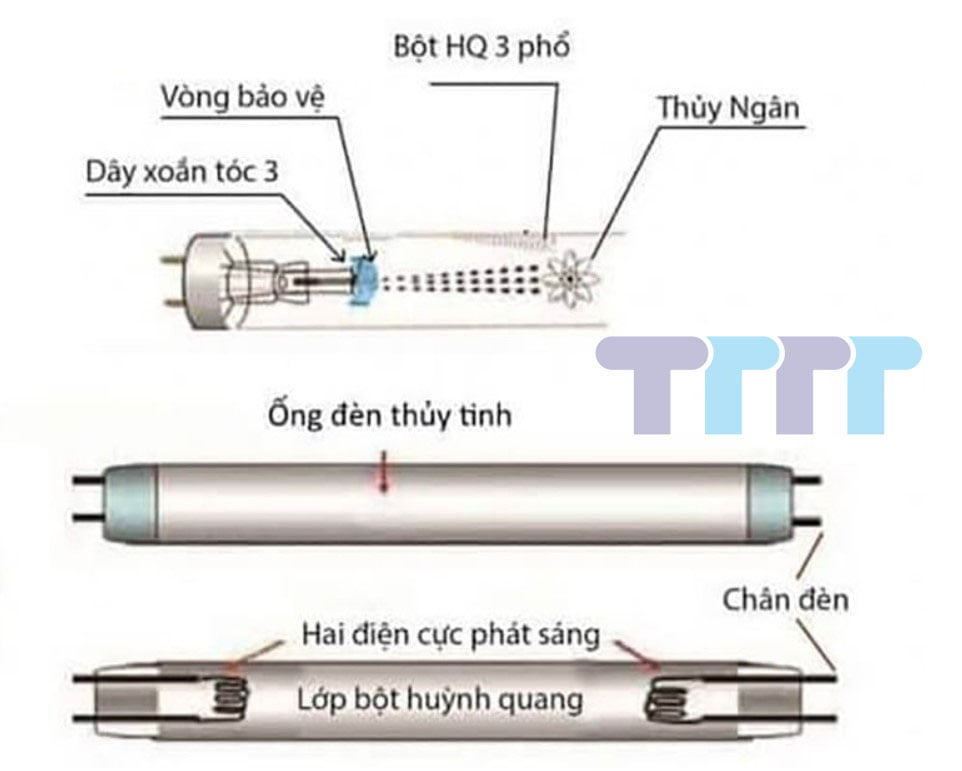
When the fluorescent lamp is operating, the electric discharge between the two electrodes takes place and emits an ultraviolet light, this ultraviolet light thanks to mercury vapor and the fluorescent powder layer will create a form of light in the UK. visible light. Thus, fluorescent lamps emit light that is visible to the human eye. In addition, when operating fluorescent lamps, it is necessary to add 2 devices, a ballast (increase) and starter (mouse) for the wrong purpose of protecting the fluorescent lamp and triggering the fluorescent lamp to discharge the electrode at the same time. start up.
See more: Marine alternator
See more: 12 volt 6 amp battery charger
Company name:
TTTT GLOBAL co Ltd,.
Address: Landmark 4 Building, Vinhomes Central Park, 720A Dien Bien Phu Str, Ward 22, Binh Thanh District, Ho Chi Minh City, Vietnam.
Website: https://ttttglobal.com/en/
Hotline: +84286 2728 334
Email: Info@ttttglobal.com
CATEGORY: TECHNICAL QUESTIONS AND ANSWERS
RELATED POSTS

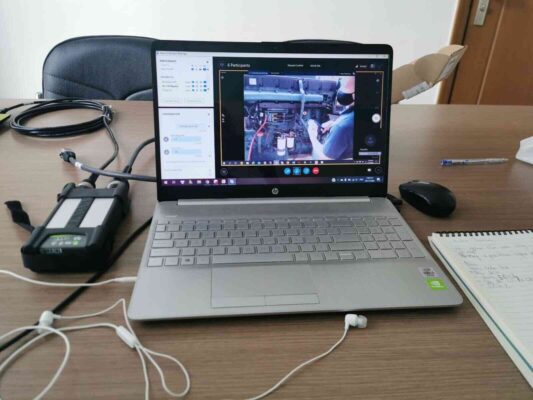
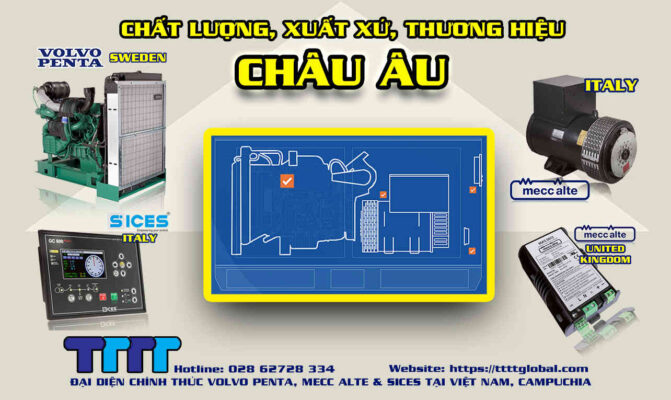
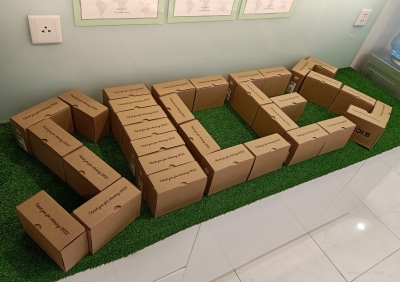
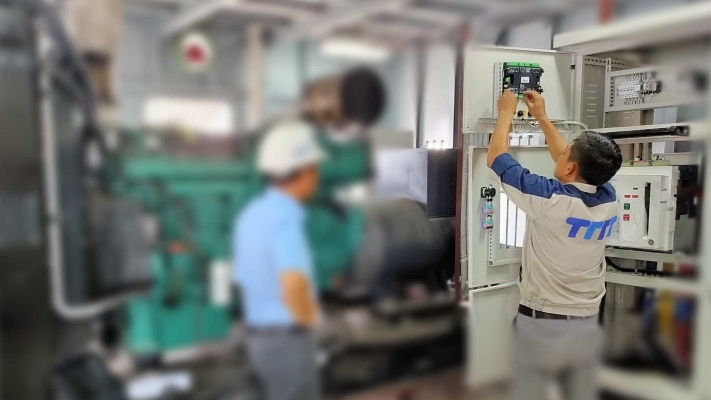
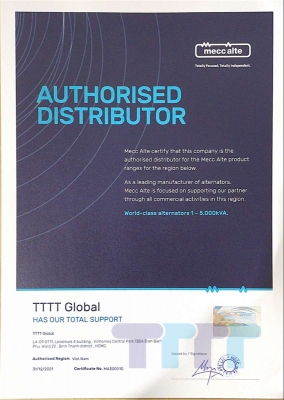
![Volvo Penta price list for [Made in India] engine 2022 volvo-penta-made-in-india](https://ttttglobal.com/wp-content/uploads/2022/04/volvo-penta-made-in-india.jpg)
